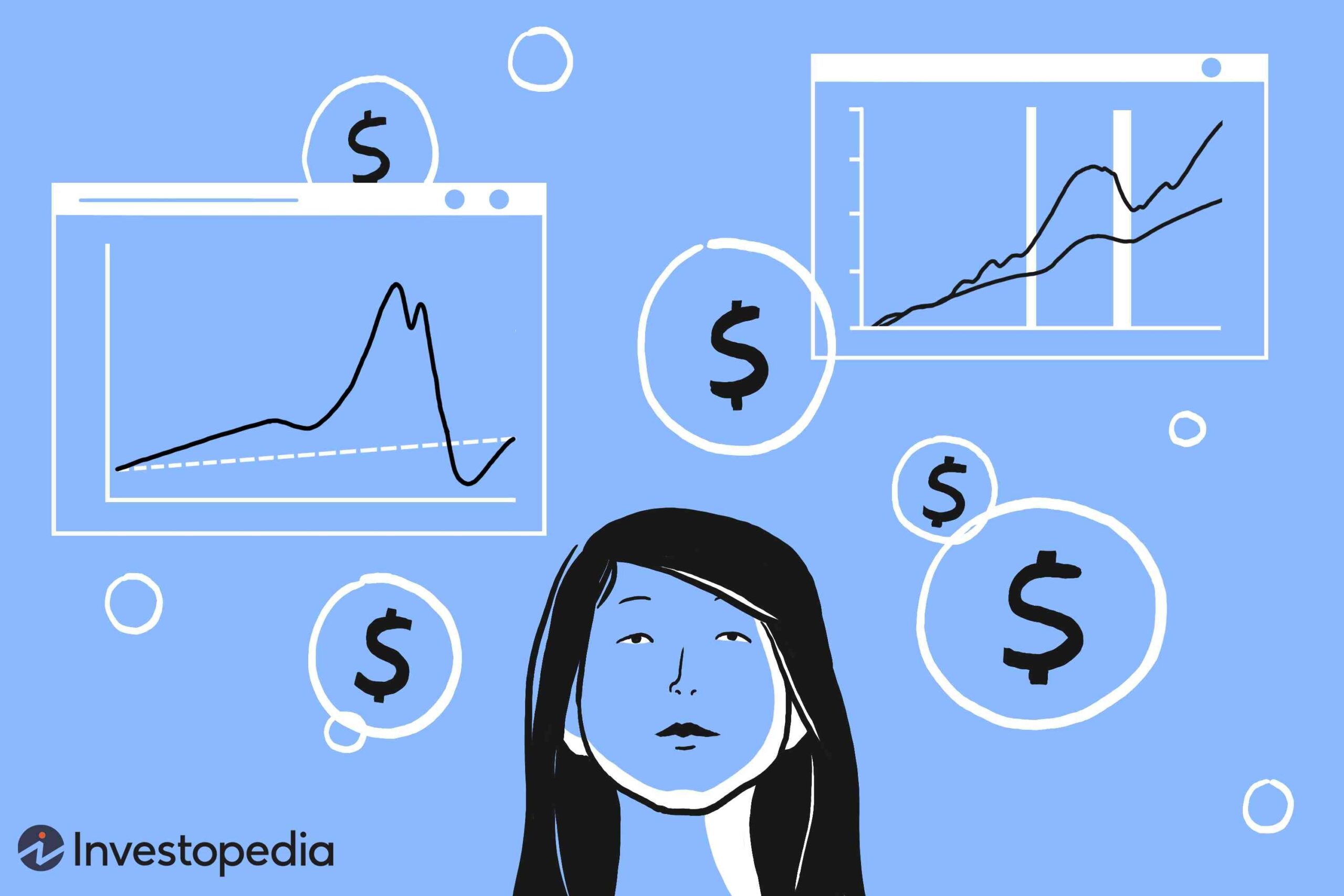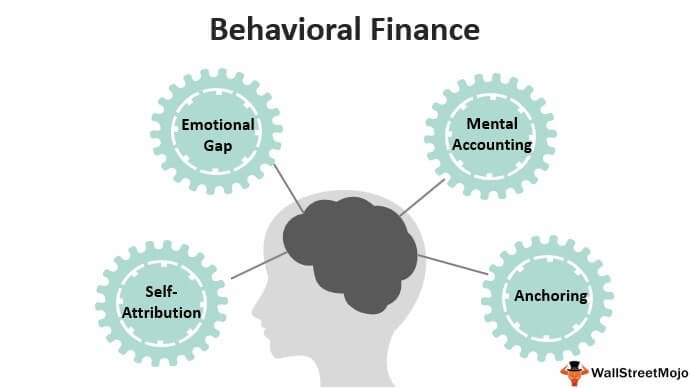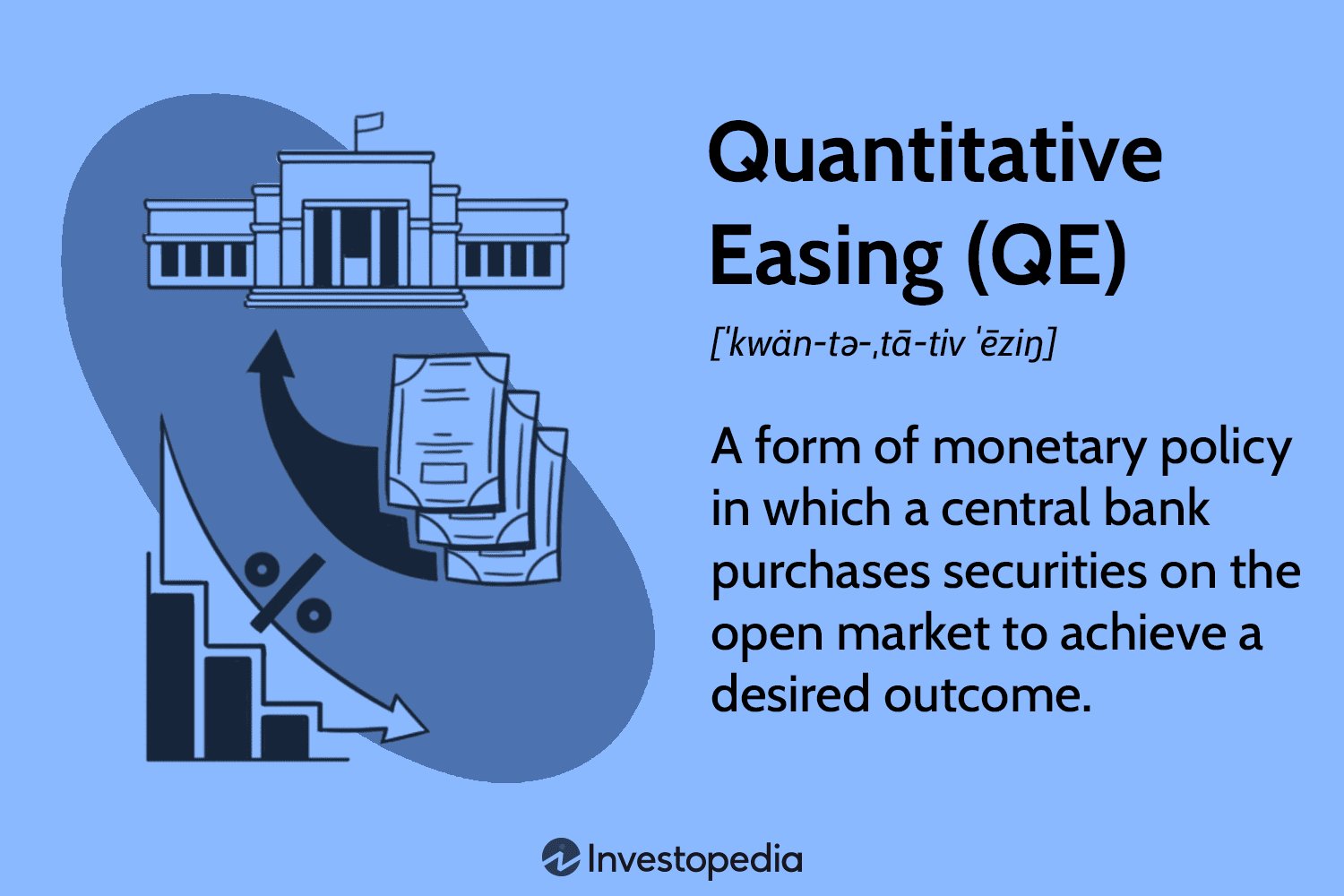A financial bubble refers to a situation in the market where the prices of assets, such as stocks or real estate, experience rapid and unsustainable growth. It is characterized by a surge in demand, often fueled by speculation and investor optimism, which drives prices far above their intrinsic value. As exciting as it may seem, financial bubbles can lead to disastrous consequences when they eventually burst. Identifying the indicators of a financial bubble is essential for investors to protect their assets and make informed decisions. In this article, we will explore what a financial bubble is and discuss some key indicators that can help you navigate these uncertain waters. So, what is a financial bubble and its indicators? Let’s dive in and find out.
What is a Financial Bubble and its Indicators
A financial bubble refers to a rapid increase in the price of an asset or a group of assets that is not supported by the fundamentals of the underlying market. These bubbles are often fueled by investor speculation and herd mentality, leading to asset prices that far exceed their intrinsic value. Eventually, the bubble bursts, causing a sharp decline in prices and significant losses for investors.
Understanding the indicators of a financial bubble can help investors make more informed decisions and avoid potential pitfalls. In this article, we will explore the concept of financial bubbles, examine their indicators, and discuss how to identify and navigate these risky market phenomena.
The Anatomy of a Financial Bubble
Financial bubbles typically go through several distinct phases that can help us understand their dynamics. While these phases may not always occur in the same order or with the same intensity, they provide a general framework for analyzing and identifying bubbles. Let’s examine each phase in detail:
1. Displacement
The displacement phase marks the beginning of a financial bubble. It is usually triggered by a significant event or innovation that sparks new investment opportunities. This event can be a technological breakthrough, a regulatory change, or even a macroeconomic shift. The displacement creates new market expectations and presents investors with the potential for substantial gains.
2. Boom
During the boom phase, investors start to flock to the perceived opportunity, driving up prices rapidly. As more investors join in, demand increases, and the asset’s price continues to climb. The media often fuels this phase by reporting on the exceptional returns generated by early investors, attracting more attention and fueling speculation.
3. Euphoria
The euphoria phase is characterized by irrational exuberance and a widespread belief that prices will continue to rise indefinitely. Speculative behavior becomes rampant, and investors exhibit a strong fear of missing out (FOMO). This phase is often accompanied by a surge in trading volumes, as even cautious investors are drawn into the market.
4. Profit-Taking
As prices reach unsustainable levels, some astute investors start taking profits and selling their positions. This profit-taking can trigger a gradual shift in sentiment, leading to increased caution and a sense that the market may be overheated. However, many investors continue to hold on, hoping for even higher returns.
5. Panic and Crash
The final phase of a financial bubble is the panic and crash stage. It is characterized by a sudden and severe decline in prices as the bubble bursts. Panic selling takes hold, and investors rush to exit their positions, exacerbating the downward spiral. This phase can be extremely volatile, with significant losses incurred by those who bought at the peak of the bubble.
Indicators of a Financial Bubble
Identifying the early signs of a financial bubble can help investors avoid being caught in the subsequent crash. While bubbles are difficult to predict with certainty, there are several common indicators that can serve as red flags. Here are some key indicators to watch for:
1. Rapid Price Growth
A sudden and unprecedented increase in asset prices can be an early warning sign of a potential bubble. When prices detach from their historical trend and continue to climb at an unsustainable pace, it indicates that market speculation and investor sentiment may be driving the price rather than the asset’s intrinsic value.
2. Increased Speculative Activity
In a bubble, speculative behavior becomes prevalent, with investors buying assets solely based on the expectation of future price increases rather than underlying fundamentals. This can be seen through increased trading volumes, rising leverage levels, and the entrance of new investors who are not well-versed in the asset’s underlying value.
3. Excessive Valuations
When asset prices reach extreme levels compared to their historical valuations or fundamental metrics such as price-to-earnings ratios, price-to-sales ratios, or price-to-book ratios, it may indicate that a bubble is forming. High valuations that cannot be justified by underlying financial performance are often unsustainable in the long run.
4. Media Hype
The media plays a significant role in fueling financial bubbles. When the mainstream media starts extensively covering a particular asset or market trend, often highlighting exceptional returns and creating a sense of urgency, it can contribute to the formation of a bubble. Media hype can amplify investor sentiment and herd behavior, driving prices even higher.
5. Herd Mentality
One of the most common characteristics of financial bubbles is the herd mentality, where investors follow the crowd without considering individual analysis or objective evaluation of the asset’s value. This behavior can be fueled by fear of missing out or the belief that everyone else is making easy money. The more investors that join the bandwagon, the stronger the bubble becomes.
6. Regulatory Changes or Excess Liquidity
Significant regulatory changes or an excess liquidity environment can contribute to the formation of financial bubbles. Changes in regulations can create new investment opportunities or alter market dynamics, leading to speculation and excessive risk-taking. Likewise, periods of excessive liquidity, such as central bank interventions or loose monetary policy, can encourage investors to take on more risk, potentially inflating asset prices beyond their intrinsic value.
7. Market Volatility and Sentiment Shifts
Bubbles are often accompanied by heightened market volatility and frequent sentiment shifts. As the bubble nears its peak, volatility may increase as market participants react to changing conditions. Additionally, shifts in investor sentiment, such as a gradual skepticism about the sustainability of price increases or profit-taking by informed investors, can indicate an impending correction or crash.
Understanding what a financial bubble is and its indicators is crucial for investors to navigate volatile markets successfully. By recognizing the signs of a bubble, such as rapid price growth, excessive valuations, speculative activity, and media hype, investors can exercise caution and make informed decisions. Remember, while bubbles can present lucrative opportunities, they also carry significant risks. Conducting thorough research, diversifying portfolios, and maintaining a long-term investment strategy can help mitigate the impact of bubbles and safeguard against potential losses. Stay vigilant and stay informed to protect your investments in uncertain market conditions.
How to Identify a Stock Market Bubble with the POWERFUL "Bubble Indicators"?
Frequently Asked Questions
Frequently Asked Questions (FAQs)
What is a financial bubble?
A financial bubble refers to a situation in which the prices of assets, such as stocks or real estate, rise rapidly and significantly above their intrinsic or fundamental value. This surge is usually driven by market speculation, excessive optimism, or unsustainable economic factors.
What are the indicators of a financial bubble?
Financial bubbles can be identified through various indicators, including:
1. Rapid price escalation:
Prices of certain assets experience a significant and rapid increase within a short period, often exceeding historical trends or expectations.
2. Overvaluation relative to fundamentals:
The prices of assets become detached from their intrinsic value, with valuations based more on speculative expectations rather than underlying economic factors.
3. Excessive trading volume:
There is an unusually high volume of buying and selling activity in the market, driven by the belief that prices will continue to rise.
4. Increased borrowing and leverage:
Investors and market participants increasingly borrow money to invest, leading to high levels of leverage and potential instability.
5. Widespread market euphoria:
There is a general feeling of optimism and excitement in the market, accompanied by a belief that prices will only move in one direction – upwards.
6. Irrational investor behavior:
Investors display irrational exuberance, disregarding traditional investment principles and chasing quick profits without considering the underlying risks.
7. Media attention and hype:
The media often fuels the bubble by excessively covering the asset’s price surge, creating a sense of urgency and fear of missing out among investors.
8. Lack of skepticism:
There is a lack of critical thinking and skepticism among market participants, with many blindly following the trend without questioning the sustainability of the price increases.
Please note that the presence of these indicators does not guarantee the existence of a financial bubble, but their accumulation should raise caution and prompt further analysis.
Final Thoughts
A financial bubble occurs when the prices of a particular asset or market rapidly increase and exceed their intrinsic value. There are several indicators that can signal the formation of a financial bubble. These include a surge in asset prices, excessive speculation, high levels of debt, and market euphoria. Other warning signs may include overvaluation ratios, unsustainable growth rates, and a disconnect between prices and fundamentals. Understanding these indicators is crucial for investors and policymakers to identify and anticipate potential financial bubbles. By recognizing the signs, they can make informed decisions and take precautionary measures to mitigate the risks associated with such bubbles.



